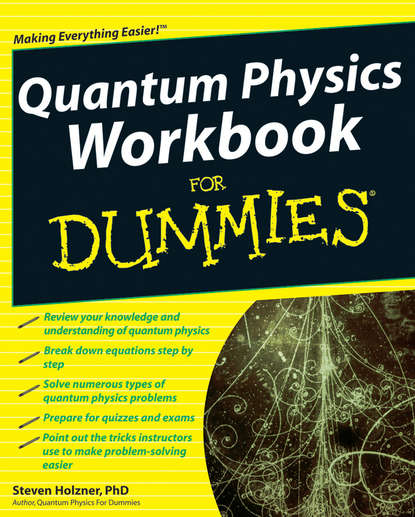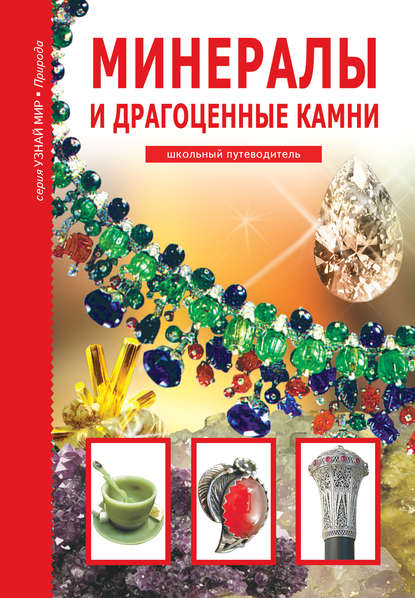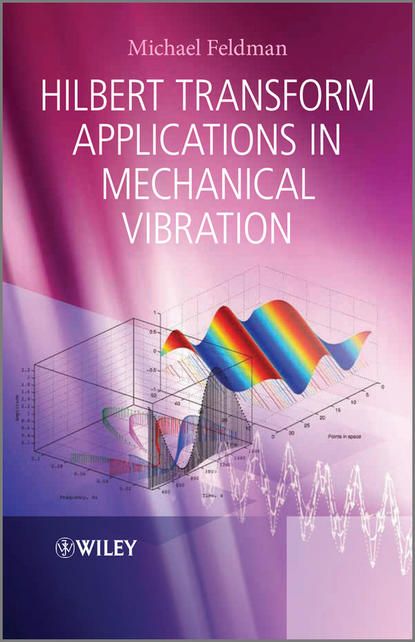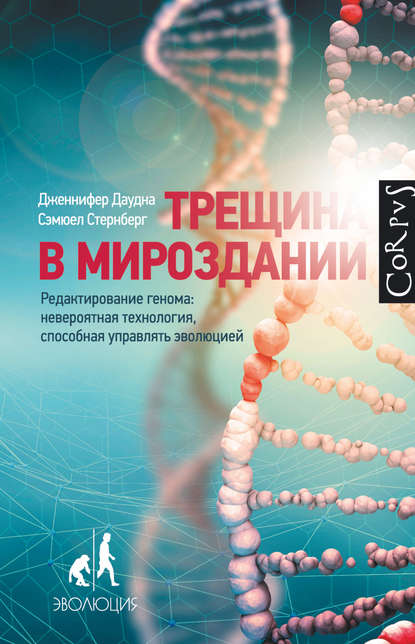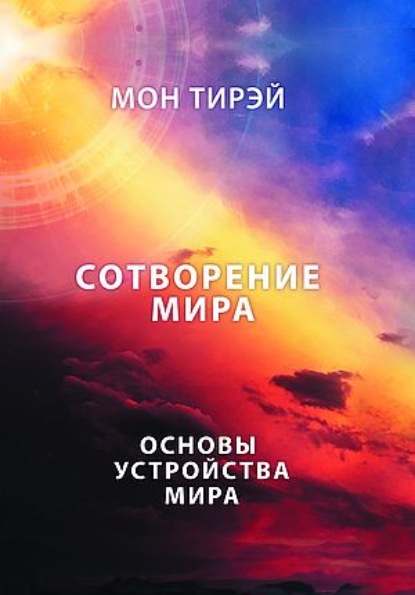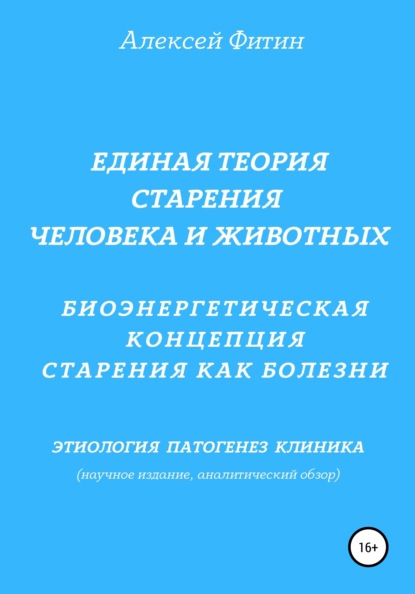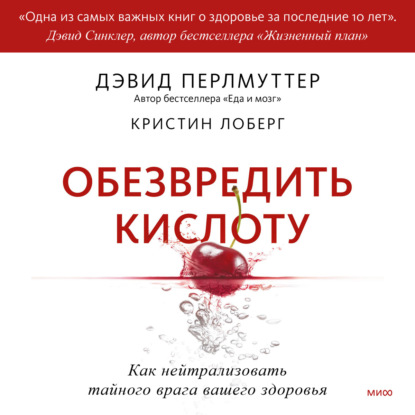Книга "Динамика переноса заряда и энергии в молекулярных системах" была расширена и обновлена до третьего издания, чтобы учитывать последние разработки в этой области. В нее были добавлены новые иллюстративные примеры и расширен список литературы. Она сохраняет удачную концепцию своих предшественников, представляя единое представление о процессах переноса заряда и энергии в молекулах, связывая режимы коэрентной и диссипативной динамики и устанавливая связь между классическими теориями скорости и современными методами изучения сверхбыстрых явлений. Среди новых тем в книге: - Теория плотности времени зависимой функции - Гетерогенный электронный трансфер, например, между молекулами и металлическими или полупроводниковыми поверхностями - Ток, проходящий через одну молекулу. Книга предназначена для студентов аспирантов и исследователей, а также является обязательным чтением для теоретиков и эксперименталистов, а также помощью в интерпретации экспериментальных данных и доступом к оригинальной литературе.
This updated edition retains the success concept of its predecessor in presenting theoretical and computational tools to study molecular transfer of charge and energies, bridging coherent and dissipative dynamical regimes, and connecting classic theories with modern ultrafast quantum chemistry. It focuses on time-resolved spectroscopies that probe spatial and temporal aspects of electron and hole dynamics, providing detailed theoretical support for key experimental techniques.
Электронная Книга «Charge and Energy Transfer Dynamics in Molecular Systems» написана автором Kühn Oliver в году.
Минимальный возраст читателя: 0
Язык: Английский
ISBN: 9783527633807
Описание книги от Kühn Oliver
This 3rd edition has been expanded and updated to account for recent developments, while new illustrative examples as well as an enlarged reference list have also been added. It naturally retains the successful concept of its predecessors in presenting a unified perspective on molecular charge and energy transfer processes, thus bridging the regimes of coherent and dissipative dynamics, and establishing a connection between classic rate theories and modern treatments of ultrafast phenomena. Among the new topics are: – Time-dependent density functional theory – Heterogeneous electron transfer, e.g. between molecules and metal or semiconductor surfaces – Current flows through a single molecule. While serving as an introduction for graduate students and researchers, this is equally must-have reading for theoreticians and experimentalists, as well as an aid to interpreting experimental data and accessing the original literature.



